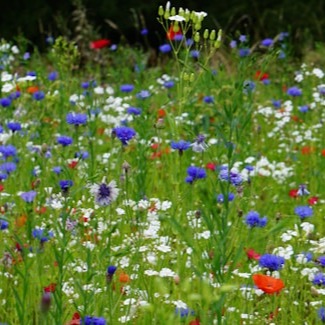
As summer begins to fade and the first hints of autumn appear, many gardeners assume the growing season is winding down. However, September is actually one of the best months for sowing flowers in the UK. The soil is still warm from summer's heat, autumn rains provide natural watering, and cooler temperatures reduce stress on germinating seeds.
September sowings often produce stronger, more resilient plants than spring plantings, as they have months to establish robust root systems before facing summer heat. Here are ten fantastic flowers you can sow this September for beautiful blooms next year.
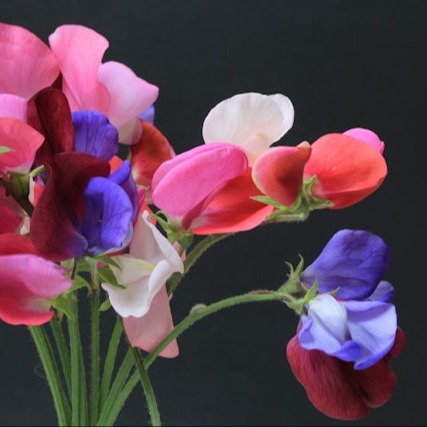
Sweet Peas
September is the perfect time to sow sweet peas for the strongest plants and earliest flowers. Autumn-sown sweet peas develop extensive root systems over winter, producing taller plants with more abundant, fragrant blooms from late spring onwards.
Sowing tips: Soak seeds overnight before planting. Sow in deep pots or directly in the ground where they'll grow, as sweet peas dislike root disturbance.
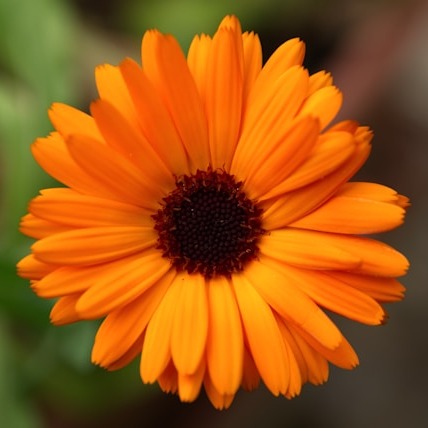
Calendula
These cheerful orange and yellow flowers are incredibly hardy and will self-seed readily once established. September sowings will produce plants that flower from early spring through to the first hard frosts.
Sowing tips: Scatter seeds directly where you want them to grow. They'll germinate quickly and some may even produce a few flowers before winter.
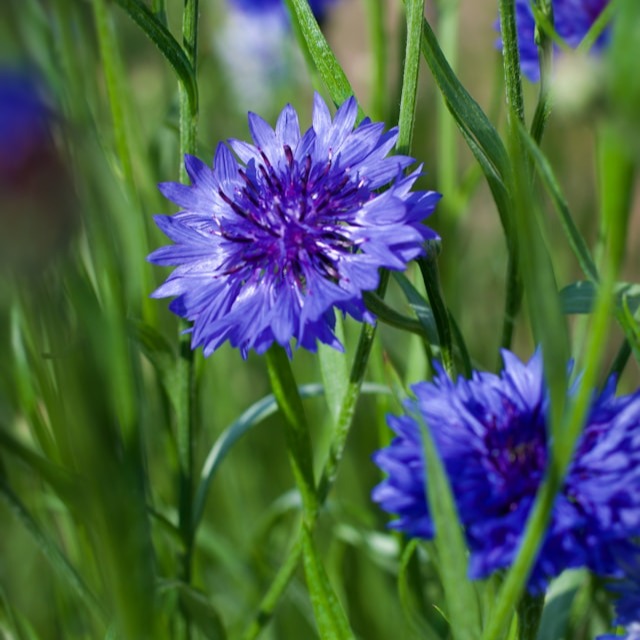
Cornflower
Annual cornflowers sown in September will create stunning displays of blue, pink, and white flowers from May onwards. They're particularly valuable for wildlife, attracting bees, butterflies, and beneficial insects.
Sowing tips: Sow directly into well-drained soil. These flowers prefer slightly alkaline conditions and full sun.
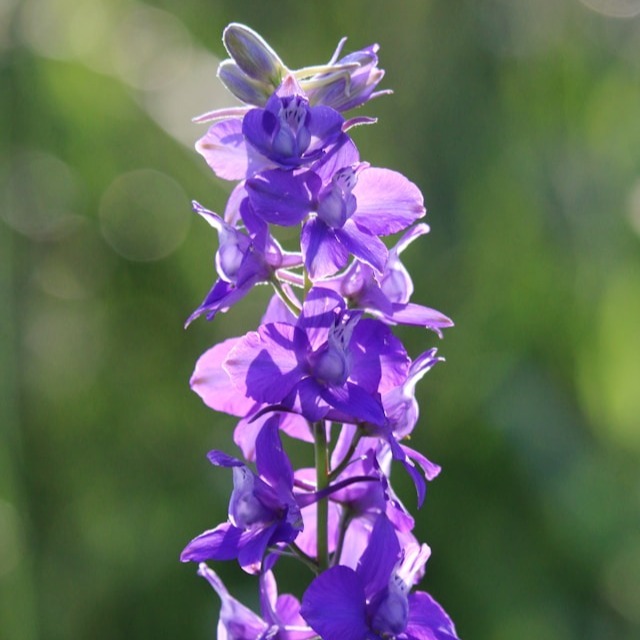
Larkspur
Often confused with delphiniums, annual larkspur produces tall spikes of delicate flowers in shades of blue, pink, and white. September sowings result in much stronger plants than spring plantings.
Sowing tips: Sow seeds where they're to flower, as larkspur dislikes transplanting. They prefer cool, moist conditions for germination.
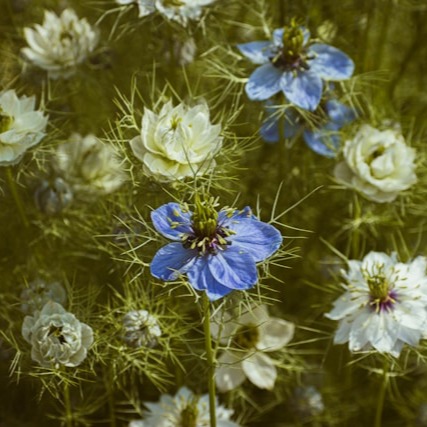
Nigella
Known as love-in-a-mist, these charming flowers produce intricate blooms surrounded by feathery foliage, followed by attractive seed pods perfect for dried flower arrangements.
Sowing tips: Scatter seeds directly onto prepared soil and rake in lightly. They'll self-seed prolifically once established.
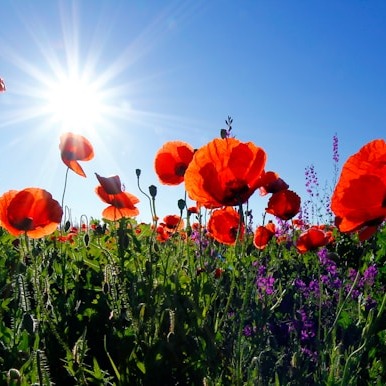
Poppy
Both field poppies (Papaver rhoeas) and opium poppies (Papaver somniferum) can be sown in September for spectacular early summer displays. The distinctive seed heads are also decorative.
Sowing tips: Mix tiny seeds with sand for easier distribution. Barely cover with soil, as they need light to germinate.
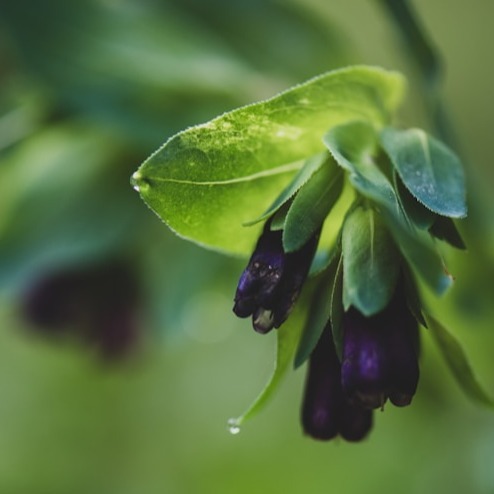
Cerinthe
This striking Mediterranean plant produces unusual purple and cream tubular flowers above blue-grey foliage. It's beloved by bees and creates an exotic look in the garden.
Sowing tips: Soak the hard seeds overnight before sowing. They need well-drained soil and will self-seed in suitable conditions.
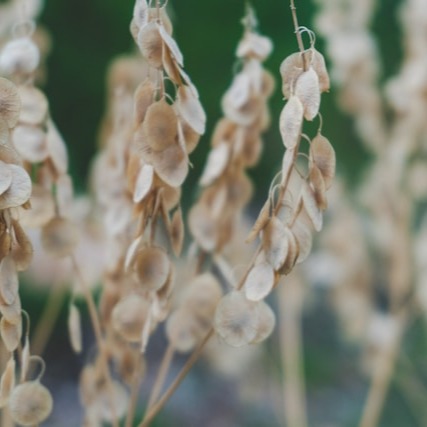
Honesty
While grown primarily for its silvery seed pods used in dried arrangements, honesty also produces pretty purple or white flowers in late spring. It's excellent for woodland gardens and naturalising.
Sowing tips: Scatter seeds in semi-shaded areas with moist, well-drained soil. Plants are biennial, flowering in their second year.
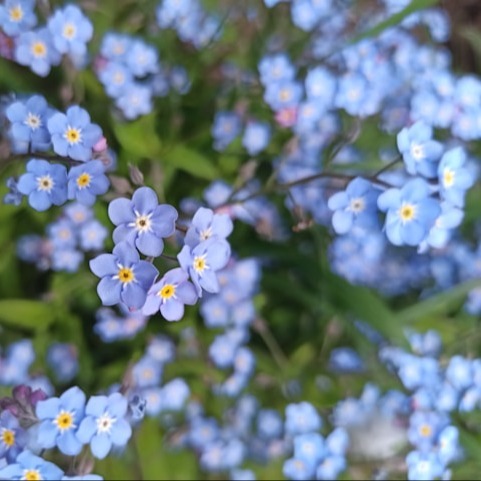
Forget-me-not
These beloved cottage garden flowers produce clouds of tiny blue, pink, or white blooms in spring and early summer. They’re perfect for naturalizing under trees and shrubs, and bees absolutely love them.
Sowing tips: Scatter seeds in semi-shaded areas with moist soil. They self-seed prolifically and will create natural drifts throughout the garden.
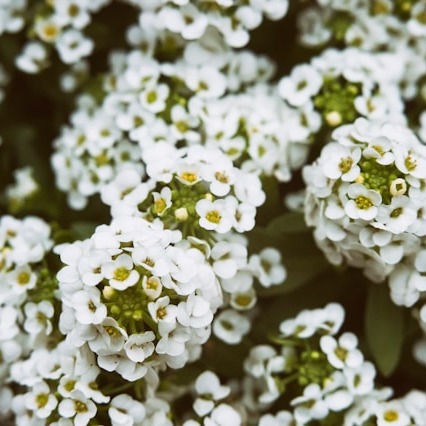
Alyssum
This low-growing annual produces masses of tiny, honey-scented flowers in white, pink, or purple from spring through autumn. It’s perfect for edging, rockeries, and containers, and is beloved by bees and butterflies.
Sowing tips: Scatter seeds directly onto prepared soil and barely cover. Alyssum self-seeds readily and tolerates poor, well-drained soils.